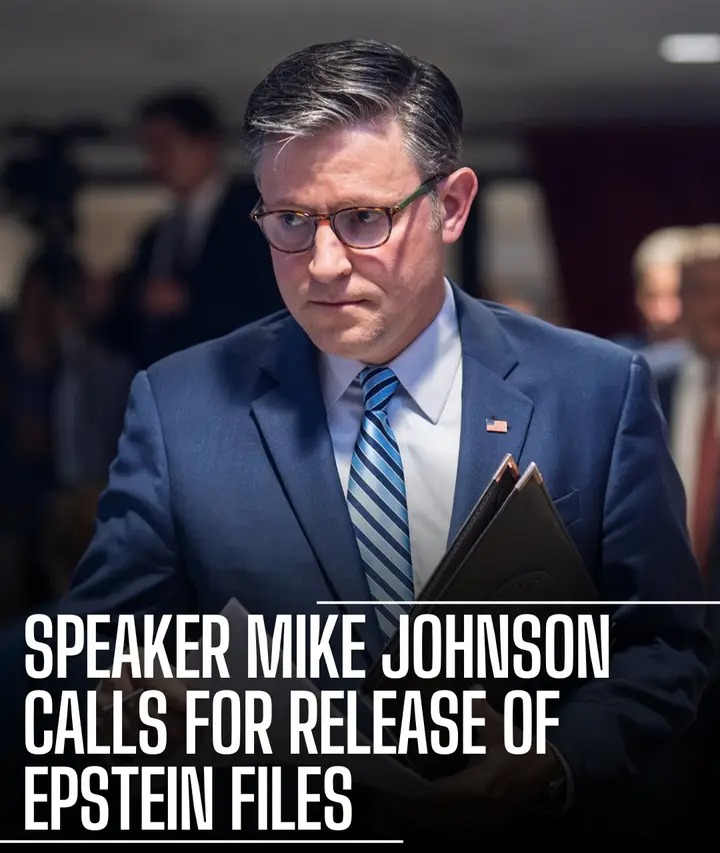It was a somber start to the week in Gallatin as reports emerged Monday morning of a black bear discovered lifeless near Vietnam Veterans Boulevard. The unfortunate scene unfolded along the roadside, where the animal appeared to have been fatally struck by a passing vehicle. For those familiar with the area, such an incident brings a sobering reminder of how wildlife and human environments are increasingly overlapping.
Local authorities believe the bear was hit sometime overnight or early that morning. The presence of such a large wild animal in a relatively urban setting is both surprising and concerning. While black bears are not typically seen wandering this close to populated areas, their habitats are shrinking due to growing development, which pushes them closer to roads, neighborhoods, and places we usually consider safe from such wildlife encounters.
This incident isn’t just a tragic loss for the local ecosystem; it’s also a reflection of a broader trend that many people have noticed. More and more, animals like deer, coyotes, raccoons, and now bears are appearing in spaces they previously avoided. With forests being cut back and green spaces fragmented, wild creatures have fewer places to roam, forage, and raise their young. As a result, roadways become accidental crossroads between two worlds — one wild and one human-made.
For residents of Gallatin and surrounding areas, the sight of wildlife so close to home has become less of a novelty and more of a common occurrence. These encounters serve as reminders of how delicate the balance is between our lives and the natural world around us. While seeing a bear might seem extraordinary, it’s becoming part of a growing pattern where wildlife adapts — often at great cost — to the ways humans have altered the land.
It’s crucial for drivers and homeowners alike to stay alert, especially during early morning or late evening hours when animals are most active. This tragic incident underscores the need for greater awareness and consideration when it comes to sharing our space with the wildlife that’s been here far longer than any roads or buildings. As our communities grow, so does our responsibility to protect the creatures that are quietly trying to survive alongside us.



